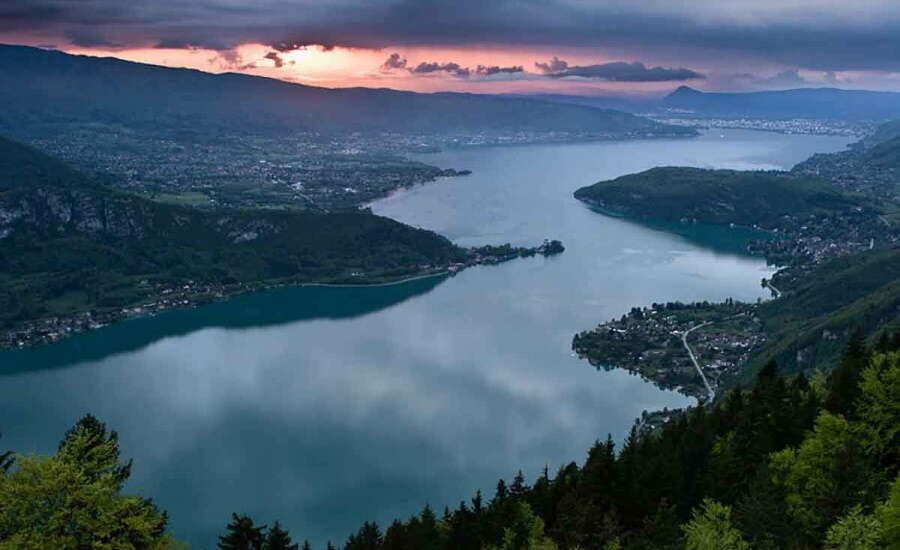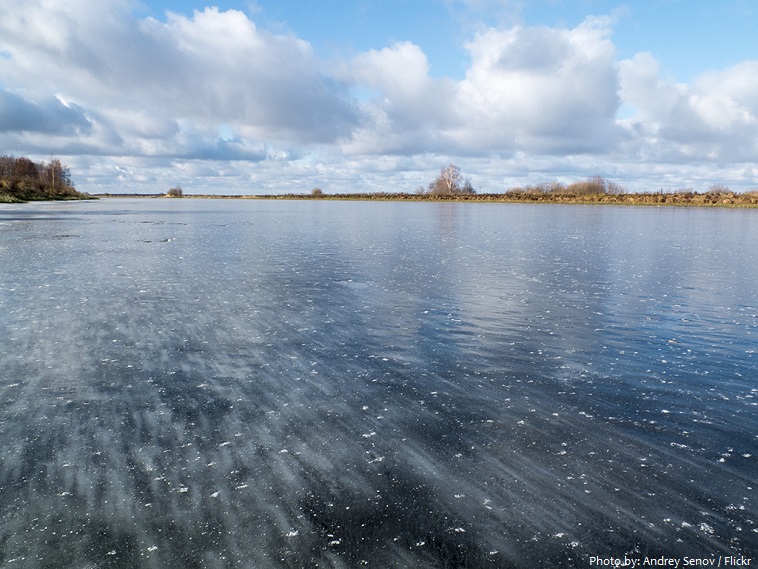



“Russians are famous for being pretty cold most of the time, especially with foreigners,” he explains. Monteleone, who has been documenting Russia for more than 18 years, also noticed a shift in the general culture and demeanor. The large host cities, however, were caught up in the frenzied excitement of the country’s first World Cup, and the packed restaurants, bars, and newly erected arenas weren’t the only impacts of the tournament. “I had a preconceived idea to try to have portraits that reveal the geography and the sociology of the place,” he says.
VOGLA RIVER SERIES
Through this method, he created a series of formal, carefully constructed portraits that reveal a culture which still has religion, agriculture, and tradition at its heart. “Most of the time I worked with a large format camera with a digital back that required a tripod. Monteleone’s photographic approach partly echoed this parochial, immutable pace of life. They knew the World Cup was happening, but it was not really the main thing.” Evening activities would more likely involve playing traditional games or a gentle promenade around the main square, he says. “Here, people were just getting on with their lives as they have done for years. The people conduct a very simple life,” he says. “Rural Russia is one of the most interesting parts, because it hasn’t really changed since the 18th or 19th century. Photograph by Davide Monteleone, National Geographic Anastasia Gordienko holds a gun at the shooting range in Ulyanovsk, Russia.


 0 kommentar(er)
0 kommentar(er)
